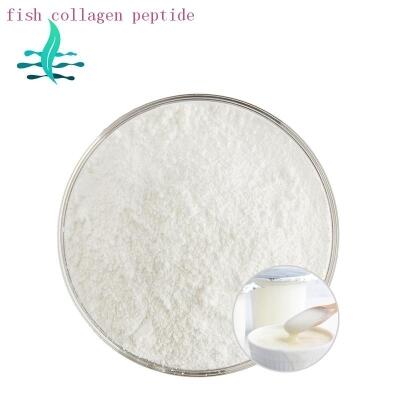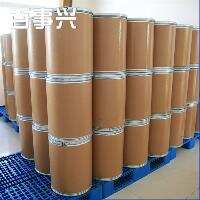-
Categories
-
Pharmaceutical Intermediates
-
Active Pharmaceutical Ingredients
-
Food Additives
- Industrial Coatings
- Agrochemicals
- Dyes and Pigments
- Surfactant
- Flavors and Fragrances
- Chemical Reagents
- Catalyst and Auxiliary
- Natural Products
- Inorganic Chemistry
-
Organic Chemistry
-
Biochemical Engineering
- Analytical Chemistry
-
Cosmetic Ingredient
- Water Treatment Chemical
-
Pharmaceutical Intermediates
Promotion
ECHEMI Mall
Wholesale
Weekly Price
Exhibition
News
-
Trade Service
Gamma-Aminobutyric Acid (GABA) is an important intermediate chemical used in the production of a wide range of products in the chemical industry, including pharmaceuticals, nutraceuticals, and cosmetics.
The production process of GABA involves several steps, including fermentation, extraction, purification, and isolation.
The first step in the production of GABA is fermentation.
GABA is produced by the bacteria species Lactobacillus hilgardii.
The bacteria are grown in a fermentation tank, where they are fed a source of sugar, such as molasses or cornstarch.
The bacteria consume the sugar and produce GABA as a byproduct.
The fermentation process takes place at controlled temperatures and pH levels to ensure optimal production of GABA.
The fermentation process can take several days to complete, after which the GABA is extracted from the fermentation broth.
The next step in the production of GABA is extraction.
GABA is extracted from the fermentation broth using a solvent, such as water or an organic solvent.
The solvent is used to dissolve the GABA and separate it from the other components in the fermentation broth.
The extraction process can be performed using different methods, including batch extraction and continuous extraction.
Batch extraction involves remove







